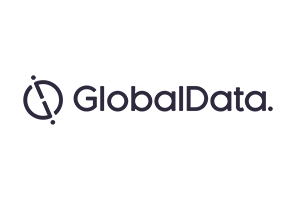Diabetes sales represent 66% of the total sales for metabolic disorders and will continue to be the major revenue generator in this therapeutic area.
Currently, eight out of 10 top-selling drugs in the metabolic disorders space are diabetes drugs, but these drugs will not be the main drivers of the growth over the next six years, as they have reached the peak of their sales. The top five drivers of the metabolic market growth will include more recently launched or soon-to-launch diabetes therapies (Eli Lilly’s Trulicity [dulaglutide] and Novo Nordisk’s Tresiba [insulin degludec] and semaglutide), as well as cholesterol-lowering/dyslipidemia drugs (Amgen’s Repatha [evolocumab] and Sanofi/Regeneron’s Praluent [alirocumab]). If we look at the top 10 contenders, diabetes drugs will constitute eight out of 10 top drivers in the metabolic space.

The diabetes market has long been a lucrative space for drug developers, as this disease is highly prevalent, with numbers continuously increasing and reaching 10% of the population in some parts of the world. In addition, many major pharmaceutical companies have been investing in this area, leading to a high number of marketed branded therapies as well as a rich pipeline. Despite the fact that the late-stage pipeline for diabetes is filled with ‘me-too’ therapies, many of these drugs are among the top 10 drivers of the metabolic disorders market.
Apart from drugs for diabetes and dyslipidemia, which occupy the top 10 places, the top 15 drivers of the metabolic market growth also include therapies for osteoporosis (Amgen’s Prolia [denosumab]) and hyperkalemia (AstraZeneca’s Lokelma [sodium zirconium cyclosilicate]).

US Tariffs are shifting - will you react or anticipate?
Don’t let policy changes catch you off guard. Stay proactive with real-time data and expert analysis.
By GlobalData




